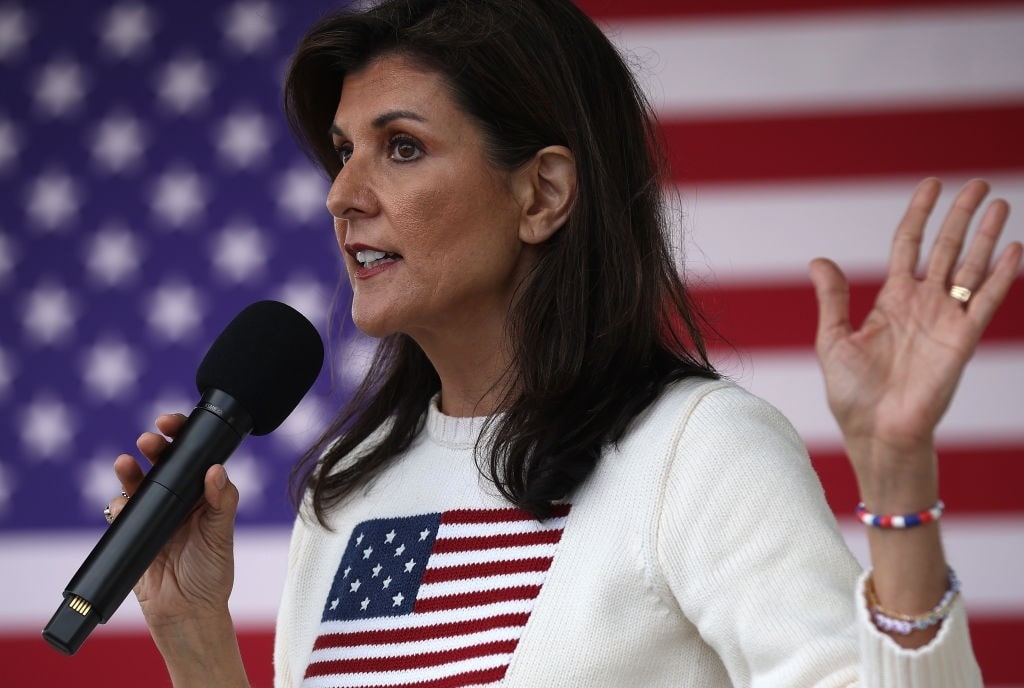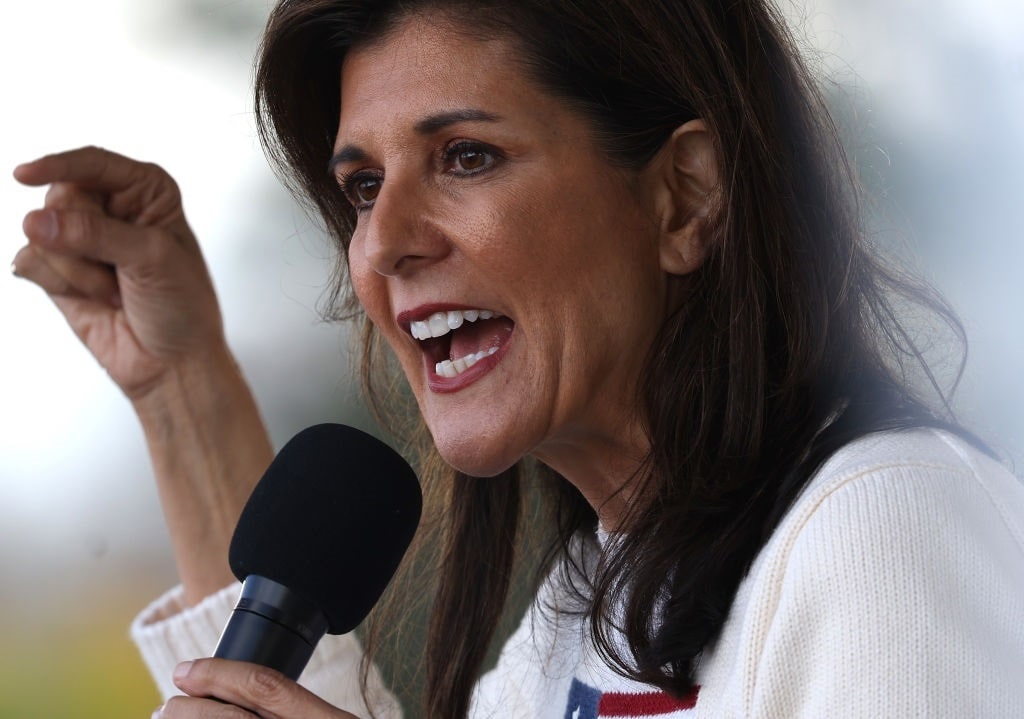All polling indicates that Nikki Haley will be trounced by former President Donald Trump in South Carolina’s GOP primary today, February 24. This contest will almost certainly mark the fourth consecutive defeat for the Palmetto State’s former governor, and it seems reasonable to assume that this would herald the end of her long-shot campaign. But should Haley surmount the expected 25-30% deficit and get within striking distance of the front-runner, it could provide a much-needed revitalization – and South Carolina Democrats may be about to lend her a helping hand.
SuperPAC Haley Gambit
A near-constant Haley campaign refrain – one might also call it her slogan – is that the “elites” want Trump, and the “grassroots” want Nikki. Primaries and caucuses in New Hampshire, Iowa, and Nevada have all proven the falsity of this idea, yet it persists. Closing that gap between her and The Donald in South Carolina would, however, give it the air of legitimacy. And more importantly, it will give the left-leaning media – who have arguably been carrying water for her – the ammunition it needs to keep treating her campaign as a serious challenge.
SFA Fund Inc., is a Super PAC “working to support Nikki Haley’s candidacy for president of the United States.” According to Open Secrets, the outfit has raised almost $81 million in 2024 – it has so far spent over $79 million. A mailer from the group reads, “If you did not vote in the February 3rd Democratic primary, you are eligible to vote on February 24th.”
“Your vote can make a difference,” it continued. “Please participate by voting for Nikki Haley and make your voice heard.” “Time is running out. You have a choice. Vote for Nikki Haley against Donald Trump.”
South Carolina allows voters to participate in whichever party’s primary they choose. This means those who did not cast a ballot in the Democratic primary earlier this month are eligible to involve themselves in the Republican battle.
Is it a baseless conspiracy that Democrats might try to thwart the Republican electoral process? That’s certainly what The New York Times thought when the issue was raised in New Hampshire. Yet the evidence speaks for itself.
A Rogue Thumb on the Scale
In a piece published just before the January 23 New Hampshire primary, The Times noted:
“Mr. Trump has falsely claimed that Ms. Haley is counting on Democrats to ‘infiltrate’ the Republican primary, but it is too late for voters who are already registered to change their party affiliation.”
But was the assertion false? The deadline for switching party affiliation was October 2023; it has been known that Joe Biden would be ditching Iowa and New Hampshire in favor of South Carolina since at least June – plenty of time for strategic shenanigans. And then, of course, independent voters are merely voters who have not designated themselves as adherents to a particular party. When declaring only buys you a vote within your favored party, why not stay independent and throw curveballs against a party you oppose?

Nikki Haley (Photo by Justin Sullivan/Getty Images)
So, did Nikki Haley attract support from either registered Democrats or traditionally left-leaning voters? Almost certainly. It may not have amounted to much, but to suggest that Trump is speaking “falsely” tells us more about how willing the legacy media is to cast about blanket statements without providing actual evidence when it comes to the 45th president.
But don’t take this author’s word for it; listen instead to the founder of Primary Pivot, Robert Schwartz, whose organization spends its time and treasure convincing independents and liberals to cast their precious primary ballots for Nikki Haley.
“We only care about damaging Donald Trump. For better or for worse, the only thing you can do if you really want to stop Trump is to vote for Haley,” he explained. When asked by Politico whether he felt his strategy was delivering results, he said:
“I think the fact that over 3,500 Democrats became undeclared before the October deadline was one initial indicator. The other indicator is that we’ve heard in surveys that the top issue for over 90 percent of left-leaning undeclared voters is stopping Donald Trump. And then the third is that, anecdotally, I have been in so many conversations with people who say, ‘Oh, I’m a Democrat and I missed the registration deadline, but I wish I could have changed over to vote in the Republican primary.’ Almost all the undeclared voters that I have talked to — and I talked to a lot of Democratic-leaning voters — are considering voting in the Republican primary. Not all of them will get there, but we can bring a horse to water. We can’t make them drink.”
Schwartz acknowledged that his outreach to registered Democrats was – due to the deadline – limited in scope, but limited does not mean non-existent. Instead, his group’s funds focused primarily on the 130,000 undeclared voters to the tune of half a million dollars.
Primary Pivot is just one such group that was engaged in electioneering in the Granite State. What may be about to happen in South Carolina, however, could be on a much grander scale.
The Biden Numbers
On the February 3 Democrat Party South Carolina Primary, President Joe Biden scored a mighty 96.2% of the vote. It‘s an impressive sounding number, but less so when we consider the pitiable turnout of just 4%. Even more notable is that this is a grand total of 126,493 individual votes for Biden, a staggering decline in the number of ballots cast in 2020. Granted, the 2020 Democrat primary was a competitive affair and pivotal to Biden’s eventual nomination, but there were over 500,000 voters who turned out that year. Where did they all go? Either 75% of usual Democrat voters have lost enthusiasm for engaging in primary season, or, maybe, some of them are – as the saying goes – keeping their powder dry during the Trump-Haley race.
The Real Clear Politics polling average gives Trump a 25.3% lead, but that is largely from a pool of likely Republican voters. With an open primary, and $80 million on the field, a lot of Democrats with a personal vendetta against Donald J. Trump – and a Fourth Estate ready to set the spin machine in motion – the final narrative is far from written.





